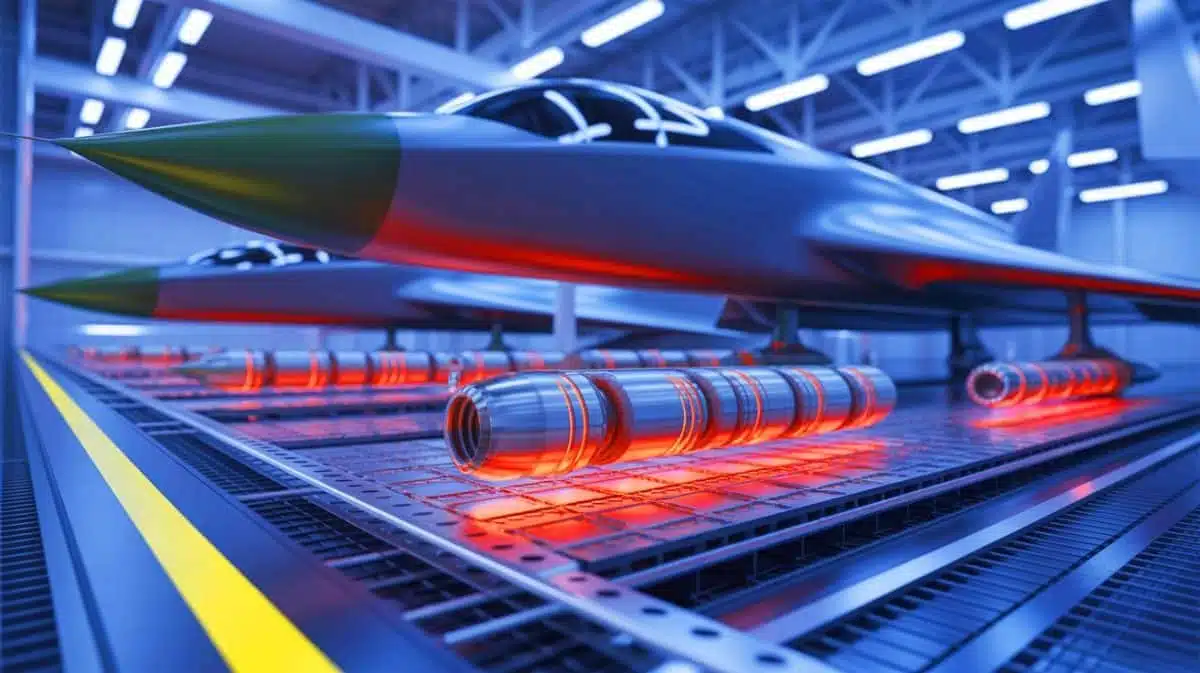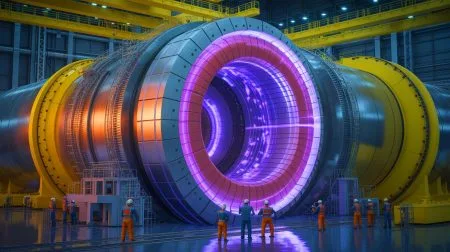| IN A NUTSHELL |
|
In the realm of high-temperature materials, a groundbreaking advancement has emerged from China, promising to redefine the limits of thermal resistance. Chinese scientists have developed a carbide ceramic capable of withstanding extreme temperatures of up to 6,512 degrees Fahrenheit in oxidizing environments. This innovation holds transformative potential for various industries, particularly in aerospace and energy sectors. As modern technology continues to push boundaries, the need for materials that maintain structural integrity under such conditions becomes paramount. This breakthrough not only addresses these needs but also sets a new benchmark for what can be achieved in material science.
The Science Behind Carbide Ceramics
At the heart of this innovation is the science of carbide ceramics, a class of materials known for their exceptional thermal and mechanical properties. These ceramics are engineered to withstand extreme temperatures and pressures, making them ideal for applications in high-stress environments. The recent development by Chinese scientists represents a significant leap forward, utilizing a novel approach known as high-entropy, multi-component design. This method allows for the creation of ceramics that can endure higher temperatures than previously possible, expanding the potential uses of these materials in cutting-edge technologies.
Traditionally, materials like metal alloys and carbon-carbon composites have been used in high-temperature applications. However, metal alloys tend to degrade at temperatures above 2,000 degrees Fahrenheit, while carbon-carbon composites, although capable of withstanding up to 3,000 degrees, face oxidation issues at much lower temperatures. The new carbide ceramic overcomes these limitations, offering a robust alternative that can maintain its integrity even in challenging conditions.
Applications in Aerospace
The aerospace industry stands to benefit immensely from this new ceramic technology. As the demand for hypersonic flight increases, the need for materials that can withstand the intense heat generated by such speeds becomes critical. Currently, most heat shield materials, like those used in SpaceX’s Starship, can only endure temperatures around 1,371 degrees Fahrenheit. The newly developed ceramic, with its capacity to handle over 6,500 degrees Fahrenheit, could revolutionize the design and performance of hypersonic aircraft, potentially leading to faster and more efficient travel.
Moreover, the ability to maintain structural integrity at such high temperatures opens up possibilities for advanced engine designs and other aerospace components that require exceptional thermal resistance. This technological leap could lead to more durable, reliable, and efficient aerospace systems, paving the way for new advancements and exploration in aeronautics.
Impacts on the Energy Sector
Beyond aerospace, the energy sector also stands to gain from the adoption of these high-temperature ceramics. In environments such as nuclear reactors and other high-temperature energy systems, materials that can endure extreme conditions are crucial for both safety and efficiency. The carbide ceramic’s ability to withstand intense heat and oxidative environments makes it a promising candidate for use in these demanding settings.
By integrating these ceramics into energy systems, it could be possible to achieve greater efficiency and reliability, reducing the risk of material failure and improving overall system performance. This innovation not only enhances the safety and longevity of energy infrastructure but also supports the development of more sustainable energy solutions, aligning with global efforts to address climate change and energy sustainability.
The Future of Material Science
The development of this high-temperature ceramic marks a significant milestone in material science, showcasing the potential of innovative design and engineering. As industries continue to evolve and demand more from their materials, breakthroughs like this underscore the importance of continued research and development. The implications of this technology extend beyond immediate applications, setting the stage for future advancements and discoveries.
With its transformative potential, this new ceramic paves the way for more resilient and versatile materials, capable of withstanding the harshest conditions. As researchers and engineers build upon this foundation, what other boundaries can be pushed in the quest for material excellence? How will these developments shape the technologies of tomorrow? The possibilities are as vast as the challenges they aim to overcome.
Did you like it? 4.5/5 (26)








Wow, 6,512°F! That’s hotter than my oven when I forget to turn it off! 😅
Can this technology be used in everyday products, like cars or electronics?
Does this mean China will dominate the hypersonic flight industry now? 🤔
I’m curious, how long did it take to develop this ceramic?
What about the cost? Will this material be affordable for widespread use?
Great article! Really appreciate the detailed explanation of the science behind it. 😊
How does this compare to existing materials used in aerospace?
This sounds promising for space exploration! 🚀
Will this ceramic replace current materials in nuclear reactors?
Is there a chance this new ceramic could fail under certain conditions?